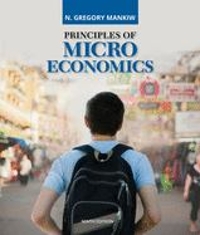Question
4. Suppose the sellers from the previous problem, Han and Lando, decide to collude as a single monopolist instead of competing with one another. They
4. Suppose the sellers from the previous problem, Han and Lando, decide to collude as a single monopolist instead of competing with one another. They still face a demand curve given by P=150-Q, where Q=QH+QL is the total quantity of parcels they deliver. The cost function is C(Q)=50+3Q, similar to the previous problem.
a. Write down the monopolist's profit function
b. Find the first-order condition for profit maximization.
c. Find the profit-maximizing price and quantity, and the maximum profit.
d. Calculate consumer surplus at the monopoly price and quantity.
e. Compare the profit and consumer surplus you found in this problem to the (total) profit and consumer surplus in the Cournot equilibrium in the previous problem. Going from the Cournot equilibrium to the monopoly outcome, is the increase in profit larger, smaller, or equal to the decrease in consumer surplus? Based on your result, did collusion increase or decrease efficiency in this market? Explain your answer.
Step by Step Solution
There are 3 Steps involved in it
Step: 1

Get Instant Access to Expert-Tailored Solutions
See step-by-step solutions with expert insights and AI powered tools for academic success
Step: 2

Step: 3

Ace Your Homework with AI
Get the answers you need in no time with our AI-driven, step-by-step assistance
Get Started


